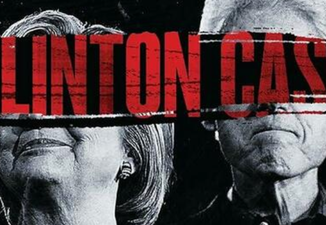
| Published April 1, 2025
On April 2, 2025, former President Donald Trump has declared what he calls “Liberation Day,” marking the launch of a new trade policy aimed at reshaping global economic relationships. This initiative centers on the implementation of “reciprocal tariffs,” a strategy designed to align U.S. tariff rates with those of its trading partners.
The Rationale Behind Reciprocal Tariffs
For years, Trump and his supporters have argued that the United States has been disadvantaged by imbalanced trade agreements. The new policy seeks to address these concerns by ensuring that if a country imposes high tariffs on American goods, the U.S. will respond in kind. For example, while the European Union levies a 10% tariff on imported American automobiles, the U.S. has maintained a significantly lower 2.5% tariff on European cars. Under the new system, such discrepancies would be eliminated.
The administration also plans to evaluate non-tariff barriers—such as industrial subsidies and currency manipulation—when determining appropriate responses. According to Treasury Secretary Scott Bessent, these adjustments will encourage fairer competition and provide negotiating leverage to eliminate unfair trade practices.
Economic and Political Implications
Trump has framed the initiative as a long-overdue correction to economic policies that have weakened the U.S. manufacturing sector and increased trade deficits. “We’re taking back control of our economy,” he stated in a recent speech. “April 2 marks the beginning of a new era where America gets the respect it deserves.”
While the policy has been met with enthusiasm among Trump’s supporters, economists and financial analysts have expressed concerns about potential consequences. Institutions like Goldman Sachs have warned that retaliatory tariffs from trading partners could disrupt supply chains and lead to inflationary pressures. Additionally, some critics argue that escalating trade disputes could push the U.S. economy toward recession.
The Global Response
The announcement has already triggered reactions from key trading partners. The European Union has signaled its willingness to negotiate but has also hinted at countermeasures if U.S. tariffs significantly impact European exports. Meanwhile, China, which has been a major target of previous Trump-era trade policies, has yet to issue an official response but is expected to take protective measures for its industries.
As “Liberation Day” approaches, all eyes are on how global markets and diplomatic relations will shift in response. The policy represents a bold and contentious shift in U.S. trade strategy—one that will likely shape economic dynamics for years to come.
SOURCES: THE EPOCH TIMES – Trump Has Called April 2 ‘Liberation Day’—What’s Happening?
THE WALL STREET JOURNAL – Trump Says He Settled on ‘Liberation Day’ Tariff Plan but Doesn’t Reveal It
AP NEWS – Trump has dubbed April 2 ‘Liberation Day’ for his tariffs. Here’s what to expect





Be the first to comment